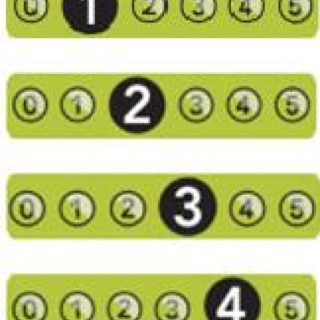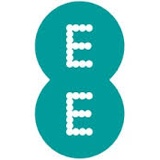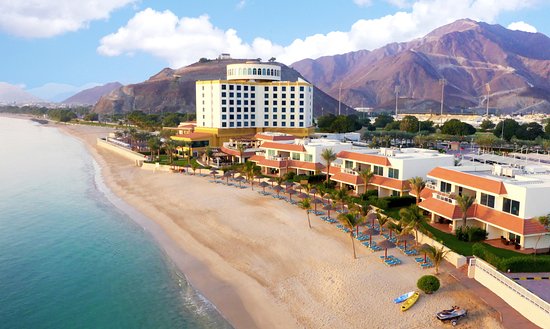Title Page
-
Site conducted
-
Conducted on
-
Prepared by
-
Location
Untitled Page
SAFETY PROGRAM
-
a) All relevant personnel trained/ instructed on the importance of customer safety e.g., as part of induction process
-
b) Incident reporting system includes customer incidents?
-
c) Office and sales safety notice board in place, up to date and contains relevant information e.g., safety policy, committee minutes, details of safety coordinator and HSRs, emergency and hazard procedures
-
d) Regular safety inspections conducted in all workspaces, including office and sales floor, at least quarterly. See Section 10
DRIVEWAY & YARD SAFETY
-
a) Clear traffic management signage for customers/ visitors in place and in good condition If you entered the site for the first time does signage direct you where to park, and walk?
-
b) Safe entrance & exits points e.g., good sight distance to passing traffic
-
c) Designated parking areas & traffic ways safe and clear of obstructions, for staff, visitors and customers.
-
d) Safe surfaces; no external holes/surface changes >10mm, or road pothole >10mm or >300mm diameter.
-
e) Clear and safe driveways, walkways and parking e.g., well signed/ painted/ marked and kept clear.
ON ROAD SAFETY
-
a) Customer license checks & vehicle sign-out prior to test drive.
-
b) System in place to ensure only verified safe (roadworthy) vehicles allowed on the road.
-
c) Sales staff instructed to follow road rules when driving and to encourage customer compliance during customer test drives e.g., as part of the induction process, work agreement or training.
RECEPTION, LOUNGE & SHOWROOM SAFETY
-
a) Entrance & all walkways unobstructed and free of any slipping, tripping or other hazards. Any internal surface changes >5mm
-
b) Glass doors visible e.g., made apparent by rails or stickers.
-
c) Displays or fixtures secure against falling or overturning and safe e.g., no sharp edges or hot surfaces.
-
d) Stairs; steps are evenly spaced with at least 1 handrail in place (if >1m wide 2 rails). Step edge a contrasting color to ground if hard to see or low-light area. See Section 19.
-
e) Daily checks done of all “public” areas (including lounge, play area etc.) for safety of area and equipment e.g., electrical equipment safety, sharp edges, trip or fall risks etc.
-
f) Signage & warnings in showroom for customers to be careful with car doors and bonnets, especially with children, to prevent hand or finger injuries.
-
g) Playground equipment designed, installed and maintained to any local council requirements and recognized standards.
-
h) Customer and visitor amenities available and are kept clean.
WORKSHOP AREAS
-
a) Entry to restricted areas controlled e.g., signage “No Entry – Workshop Personnel Only”
-
b) System in place to cordon off any areas unsafe for customers e.g., tape and bollards available to use
OFFICE SAFETY
-
a) Work areas kept clean and tidy, with all storage in designated locations e.g., not under desks or in walkways.
-
b) Emergency exits known, signposted and kept clear.
-
c) Staff trained in workstation set up. See Section 8.
PROMOTIONAL EVENTS Part A – General Controls
-
a) Safety plans prepared for all promotional events (see Section 22) including risk assessment.
-
b) Event coordinator nominated for each event.
-
c) All equipment & fixtures set up for the event are inspected for safety prior to event & records kept.
-
d) Contracts with equipment suppliers or entertainers include safety requirements.
-
e) Emergency plans in place and includes access to emergency services & adequate equipment e.g., extinguishers available.
-
f) Trained personnel to supervise event & lead in emergency
PROMOTIONAL EVENTS Part B – Additional Precautions for Off Site Events
-
a) Check venue is suitable for event
-
b) Traffic & pedestrian controls agreed with venue controller
-
c) Emergency plan developed to consider any special circumstances










